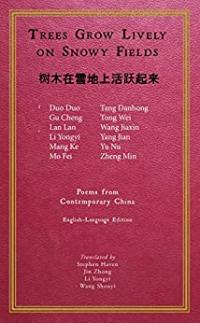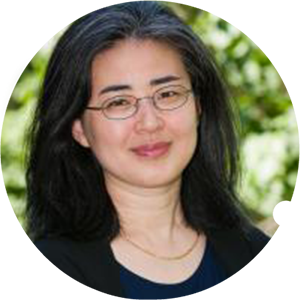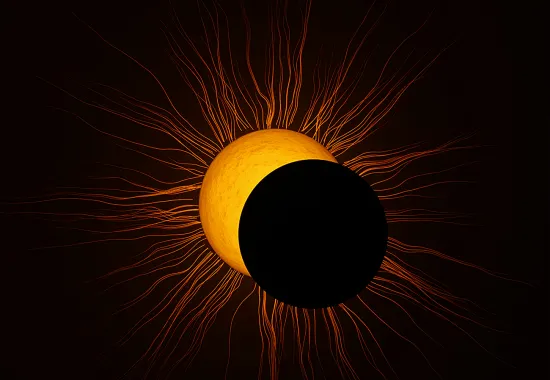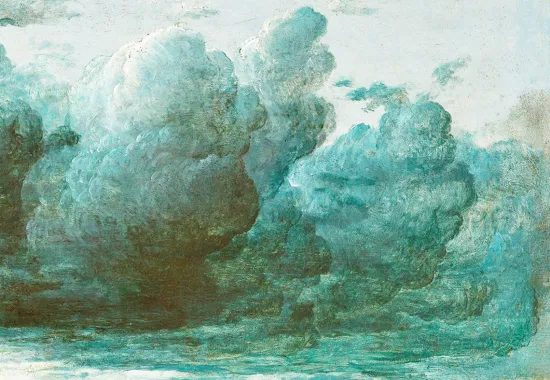The Layered Worlds of a Bilingual Anthology
The anthology entitled Trees Grow Lively on Snowy Fields (Twelve Winters Press, 2021), featuring facing-page Chinese poems and English translations, includes ninety-nine poems by three generations of Chinese poets, eight male and four female, whose years of productivity span eight decades. The oldest of this group, Zheng Min, was born in 1920 and only recently passed away in Beijing; the youngest was born in the 1970s. Some are well-known, such as Gu Cheng (1956–1993); some are less so. In his preface to the volume, Stephen Haven states that the anthology is “in no way representative of any poetic school or period of Chinese poetry”; rather, he followed the suggestion of his Chinese collaborators in “choosing poets they felt were important voices in contemporary China” (vii). However, since the anthology presents a wide temporal spectrum and a variety of poetic experiences, it does, in that sense, offer a good slice from contemporary Chinese poetry.
 Haven goes on to further explain the selection criterion: “Eventually we chose to keep for this collection only poets whose work came through in lively English versions” (vii). This is an interesting statement in that it refers to the translations as English versions, a word that has the sense of an account of something from a specific angle and different from others or from the original, and that the word “lively” echoes, rather nicely, the title of the anthology. The inclusion of the original poems in Chinese enables an enriched reading experience for a bilingual reader like me, for I often feel as though I were reading two different poems under the same title; sometimes even the title morphs into something more, or less.
Haven goes on to further explain the selection criterion: “Eventually we chose to keep for this collection only poets whose work came through in lively English versions” (vii). This is an interesting statement in that it refers to the translations as English versions, a word that has the sense of an account of something from a specific angle and different from others or from the original, and that the word “lively” echoes, rather nicely, the title of the anthology. The inclusion of the original poems in Chinese enables an enriched reading experience for a bilingual reader like me, for I often feel as though I were reading two different poems under the same title; sometimes even the title morphs into something more, or less.
For instance, we can look at the title of Zheng Min’s poem, “Ghost Path, 1990.” The year “1990” is added to the original title, which reads literally, “Every Time I Walk on This Path.” Without the date, this is just a poem mourning people who died tragically at a young age; but the date evokes what happened at Tiananmen Square in the fateful summer of 1989. One cannot help wondering: did the translators act on the basis of some insider knowledge, or was this a creative interpretation of the poet’s intention? As an example of “less,” the title of Gu Cheng’s poem, “Da yan” (pp. 94–95), literally “a reciprocal banquet,” is simply rendered as “Banquet.” It is a tiny difference, but considering that the poem begins with, “I raise the cup of bitter wine / Telling life: not bitter enough,” the tone of the poem might shift ever so subtly with “reciprocal” inserted, as the original seems to be implying that life, after all, has hosted a feast for the poet-speaker, despite the offering of bitter wine, a symbol of hardship.
"I leave it to my fellow readers to judge how the transformation changes—or does not change—the meaning of the poem; suffice to say that moments like this bring a renewed attention to what a poem tries to say and to how language, sense, and meaning work."
In the preface, one of the translators, Li Yongyi, describes the collaboration process and the translators’ belief about literary translation:
I was responsible for the selection of poets and for producing a quite literal English version, while Stephen [Haven] was devoted to making the final renditions artistically powerful and first-rate English poems on their own. When the translation strayed too far from the original, I tried to rein it in a little. But both of us are convinced that in literary translation, a creative betrayal is always preferable to a faithful zombie. (viii)
Indeed, a more accurate description of many, though not all, of the English poems in this volume may be “co-creations” rather than “translations.” The translators are not seeking to reproduce the original but to rewrite it. The rewriting is often nicely done. Sometimes it gives unexpected delight. For instance, a line from Mang Ke’s poem, “Suddenly the panicky voice of a woman shrieking like an ambulance siren runs through” (my literal rendition), becomes: “Then a woman, her face like a siren, / Rushes away” (p. 31). “Her face like a siren” presents a visual image rife with sound: sound not represented raucously like in the original, but with quietness and power, reminiscent of Edvard Munch’s painting known as The Scream. It also has the bonus connotation of the sea nymph, thus producing an ironic effect because the woman in Mang Ke’s poem is running away from her man rather than trying to lure him to her.
Sometimes the English version veers into a different direction from what appears to be intended by the original. Take for example Lan Lan’s poem, “Let Me Accept This Life.” The original title (also the first line of the poem) reads: “Let Me Accept Mundane Life” 让我接受平庸的生活. Pingyongde, mundane or mediocre, has a decidedly negative connotation. The translation gets rid of this word altogether. It is a debatable choice, though one understands the danger of overusing adjectives. In any case, the poem contains an intriguing twist in the traffic from one language to another. The poet compares life to “the black fertilizer that sweet apples once had been,” whereas the English version reads, “This black soil, once sweet apples” (italics mine). On the one hand, by turning “fertilizer” into “soil” and stripping away “mundane,” the translation tones down the original poem’s disaffection. On the other hand, while the original states that black fertilizer would turn into sweet apples, the English version reverses the transformation. The translators may have gotten turned around by the deliberately convoluted syntax of the original line: 就是甜苹果曾是的黑色肥料. I leave it to my fellow readers to judge how the transformation changes—or does not change—the meaning of the poem; suffice to say that moments like this bring a renewed attention to what a poem tries to say and to how language, sense, and meaning work.
With twenty-nine poems, Gu Cheng has the largest number of poems represented in the anthology, nearly one third of the total, far more than the poets who have the next largest number of poems (Mang Ke and Mo Fei, each having twelve poems). Interestingly, he is often the least touched up by the translators. Is this partially due to the cleanliness, and intense clarity, of the poetic language and imagery of the original? Whatever it is, the particular kind of fidelity by way of literalness in the Gu Cheng translations seems to speak to “a real translation,” which does not seek to block the light of the original in the Benjamin sense.
Recommended
Mercy
Eclipsing
Psychic Numbing






